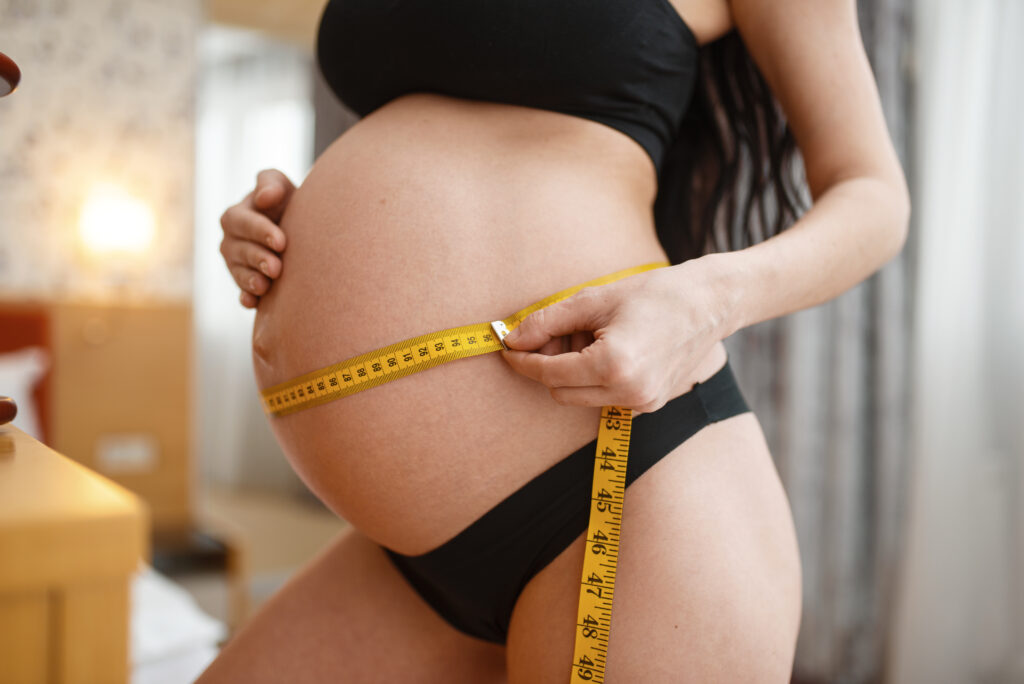- There has been a global decline in the birth rate in the last few years
- A recent study revealed how many children women need to have to avoid extinction
- Spoiler alert: The US fertility rate is way below the amount needed

According to a recent study, women in the US are not having enough babies to stop long-term extinction. But don’t worry, USA isn’t the only country where there is a question of how many kids women should have to stop declining birth rates.
Overall, birth rates are declining globally for many reasons. Many people choose not to have children due to the rising cost of childcare. Additionally, growing acceptance of a child-free lifestyle could encourage more people to opt out of parenthood.
However, there is a worry that low birth rates may cause the human population to eventually die out. X CEO Elon Musk took to his platform to speak about it on the 22 April. The 55-year-old warned, “Low birth rates will end civilization”.
Low birth rates will end civilization https://t.co/KPxBor9lAJ
— gorklon rust (@elonmusk) April 22, 2025
A recent study has revealed how many kids women need to have to avoid extinction.
So…how many kids do women need?
According to a new study by PLOS One through Japanese researchers, there needs to be at least 2.7 children per woman. This is an increase from the previous number of 2.1 per woman. This is the number needed to stop long-term extinction, researchers say.
The study, published on 30 April, states that “since fertility rates are below this threshold in developed countries, family lineages of almost all individuals are destined to go extinct eventually.”
Currently, two-thirds of the world’s population lives in areas where the fertility rate has fallen below 2.1—the replacement level fertility rate considered high enough to sustain the existing population.
Now the US is far below that number, with a fertility rate of 1.66.
Furthermore, other developed countries have lower fertility rates than the USA. The UK’s is 1.57 and Canada’s is 1.47, for example.
That said, the 2.1 figure doesn’t account for individual family circumstances. For example, it overlooks factors like death rates, sex ratios, and the likelihood that some adults may not or cannot have children.
Consequently, researchers found that these factors can eliminate lineage and families.
Even if women had enough children to meet the 2.7 population replacement level, birthing more females would generally give the population a better chance at survival. Yes, more females mean more chances of conceiving children, therefore increasing the population.
“A fertility rate higher than the standard replacement level is necessary to ensure the sustainability of our population,” researcher Diane Carmeliza N. Cuaresma said in a press release about the study.
Is there a worry for US women?
Generally, there isn’t much worry about how many kids women should have to save the population, at least according to studies.
Studies say many factors contribute to the reasons for not having children, as we mentioned. Affordability ranked as a major factor, while one study found that only 15% of participants believed the falling fertility rate was a significant issue.
Overall, the falling birth rate is not the main concern for having kids. The cost of raising children with inflation is a bigger concern when choosing to have children.
Surprise, surprise, it always comes down to money!